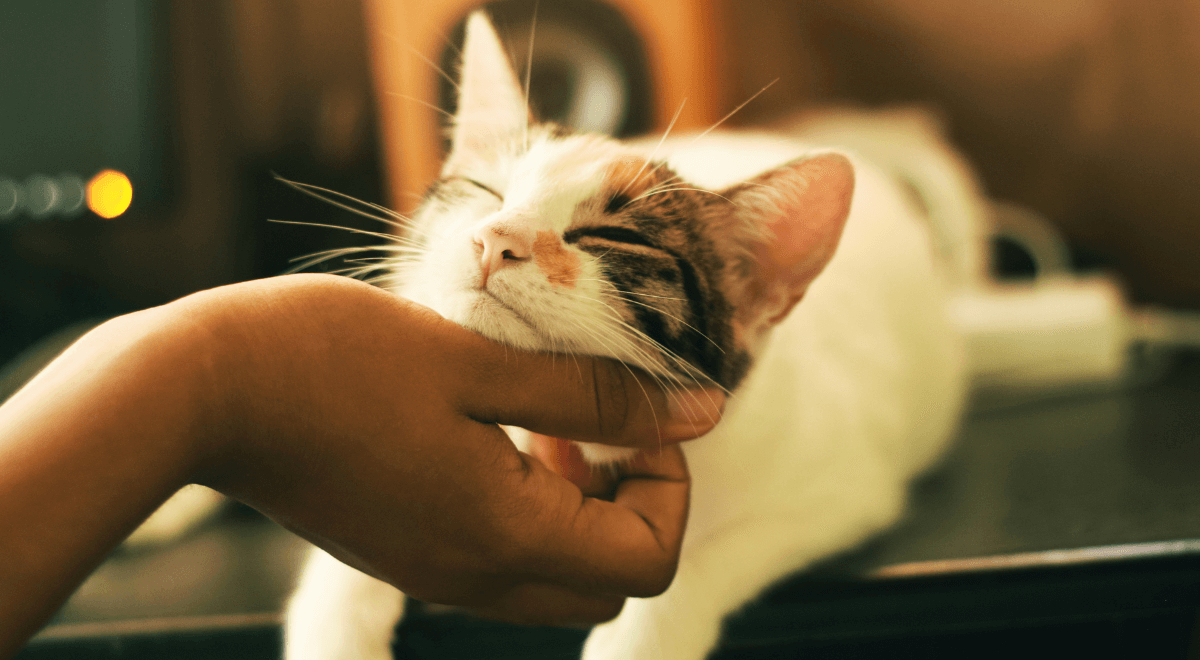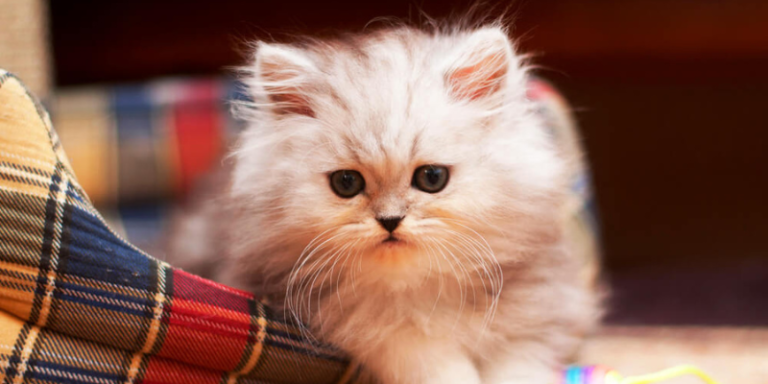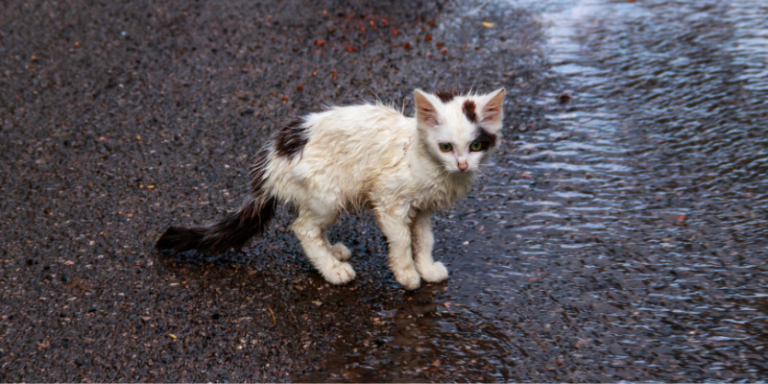10 grooming tips for cat parents
Every cat owner is aware of cats’ fondness for self-grooming. Although it may seem like all they do is lick themselves, cats really spend between 30% and 50% of their waking hours grooming themselves. You’d assume that your cat has everything under control in terms of appearance given all the time they spend grooming their fur. To keep your cat’s fur, skin, and teeth clean, you may wish to adopt some grooming habits. Your pet’s long-term health will be greatly improved by taking simple steps like weekly brushing, routine nail clipping, and sporadic ear cleaning. It might even deepen your relationship with your cat and make it more at ease in your arms.
It’s important to read up on the best grooming techniques before you start so that you can keep your cat safe while they go through their grooming regimen. Below, we’ve compiled our best cat grooming advice to get you started.
1. Cats groom themselves
Cats groom themselves to clean and maintain their fur and skin. They use their tongues to remove dirt and debris and to distribute oils that keep their coat healthy and shiny. Cats also groom themselves as a way to mark their territory by leaving their scent on their fur. In addition to grooming themselves, cats also groom each other as a way to bond and show affection.
2. Over-grooming can be a sign of stress

Cats may indulge in over-grooming as a way to cope with stress or anxiety. It’s also possible that over-grooming may be a sign of an underlying medical issue, such as an allergy or skin condition. If your cat is over-grooming to the point of causing bald spots or redness on their skin, it’s important to have them checked by a veterinarian. The veterinarian can help determine the cause of the over-grooming and recommend treatment if necessary. In the meantime, try to identify and address any potential sources of stress in your cat’s environment. This may involve providing more mental and physical stimulation or making changes to their routine or living space.
3. Cats need help with long hair
Cats with long hair may require more grooming than cats with short hair. This is because long-haired cats are more prone to tangles and mats, which can be uncomfortable for the cat and may lead to skin irritation or infection if left untreated. To help your long-haired cat with grooming, you can brush them regularly, use a leave-in conditioner or detangler spray, and gently work through any tangles or mats you find. You may also want to trim their hair around their paws, rear end, and anus to prevent faeces from sticking to the fur and to make grooming easier. If you are unable to manage your long-haired cat’s grooming at home, consider having them professionally groomed by a cat groomer.
4. The best time to groom your cat is before they get too hot
It’s generally best to groom your cat when they are calm and relaxed. For many cats, this may be first thing in the morning or just before bedtime, when they are more likely to be in a relaxed state. It’s also important to consider the temperature when grooming your cat. As a general rule, it’s best to groom your cat before they get too hot, so they don’t overheat during the grooming process. If it’s very hot outside, you may want to wait until the evening when the temperature has cooled down to groom your cat.
5. Be careful of your cat’s nails
It’s important to be careful when grooming your cat’s nails, as they have sensitive blood vessels called “quick” that extend into the nails. If you cut too far into the quick, it can cause pain and bleeding. To avoid cutting quick, use a nail clipper specifically designed for cats, and only clip the very tips of the nails. If you’re not comfortable clipping your cat’s nails, you can ask your veterinarian or a professional groomer to do it for you. You can also try gently filing your cat’s nails using a nail file or emery board. This can help keep the nails trimmed and smooth without risking injury to the quick.
6. Start slowly when grooming a new cat

When grooming a new cat, especially one that is not accustomed to being groomed, it is crucial to proceed cautiously. Some cats may find grooming distressing, especially if they are not used to it. Start by exposing your cat to the grooming equipment you’ll be using, such as a brush or comb, to make the process as stress-free as possible. At their own pace, let them sniff and explore the tools. Then, start by gently brushing your cat for brief intervals, followed by progressively lengthening the brushing sessions as your cat gets more at ease. As you groom your cat, make sure to lavish it with praise and goodies to encourage good behaviour. Take action if your cat becomes aggressive or uncooperative.
7. Cats like to be brushed
As part of their grooming routine, many cats like being stroked. Brushing can help keep the coat healthy and lustrous by removing tangles and mats, stimulating the skin’s and hair’s follicles, and distributing natural oils throughout the coat. While some cats might benefit from a harder touch, some might prefer a softer brush because they are more sensitive than others. It’s crucial to observe your cat’s body language and grooming behaviour to learn what they enjoy and dislike. If your cat appears to love being brushed, experiment with gradually lengthening the brushing session as they get used to it. As you groom your cat, make sure to lavish it with praise and goodies to encourage good behaviour.
8. Some cats don’t like water
Some cats do not enjoy being bathed, as they are naturally inclined to avoid getting wet. If your cat falls into this category, there are a few things you can try to make the grooming process easier. For example, you can use a dry shampoo specifically formulated for cats to absorb excess oil and dirt or use a wet wipe or damp cloth to gently clean your cat’s face, paws, and other areas that are prone to getting dirty. If your cat absolutely refuses to be bathed, consider having them professionally groomed by a cat groomer who is experienced in handling resistant cats. Remember, it’s important to be patient and gentle when grooming your cat, and to respect their boundaries.
9. You can use pet-safe shampoo on your cat
Selecting a shampoo made exclusively for cats is crucial since human shampoos may be too abrasive for their delicate skin and coat. Look for a shampoo that is pH-balanced, hypoallergenic, and devoid of damaging chemicals like sulphates and parabens. Make sure to thoroughly read and adhere to the instructions before using the shampoo. Make sure to fully wet your cat’s fur before applying the shampoo and working it into a lather. Rinse your cat well to get rid of all shampoo residue, and be sure to completely dry them out to keep them from becoming cold.
10. Don’t forget the litter box
As part of the grooming routine, it’s crucial to keep in mind to frequently clean your cat’s litter box. Your cat may quit using the litter box if it is unclean and unpleasant to use. This might cause tension for both you and your cat and result in accidents throughout the house. Scoop out solid waste and pee clumps daily from your cat’s litter box and totally empty and refill it once every two to three weeks to maintain it clean. Select an unscented, dust-free litter, and make sure to put the litter box in a calm, convenient spot. Maintaining a clean kitty litter box will help keep your house smelling good and lower the risk.
Conclusion
In conclusion, cat grooming is important for maintaining your cat’s overall health and well-being. It helps to keep their coat clean and healthy, prevent tangles and mats, and identify any potential medical issues. By providing regular grooming for your cat, you can help them feel comfortable, happy, and well-cared for. Just be sure to choose appropriate grooming tools, be patient and gentle, and respect your cat’s boundaries to make the experience as stress-free as possible.




